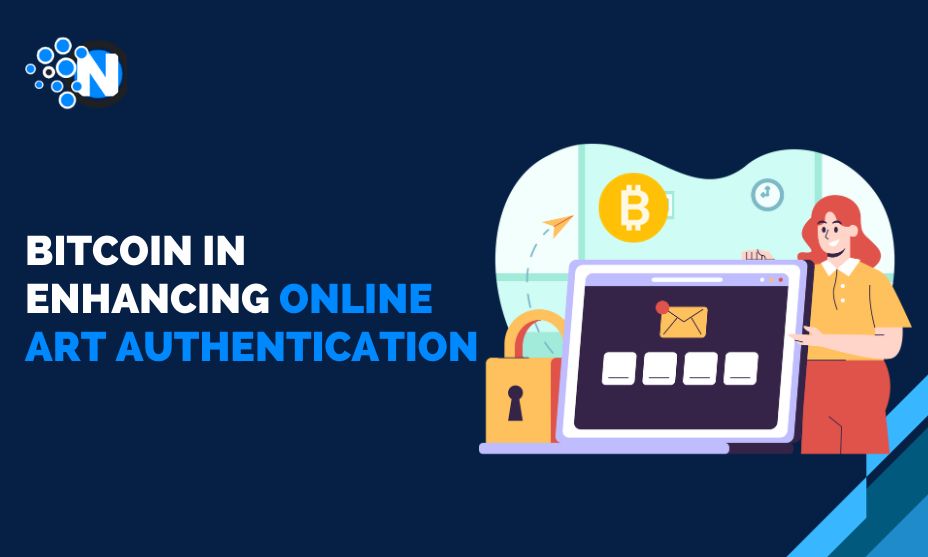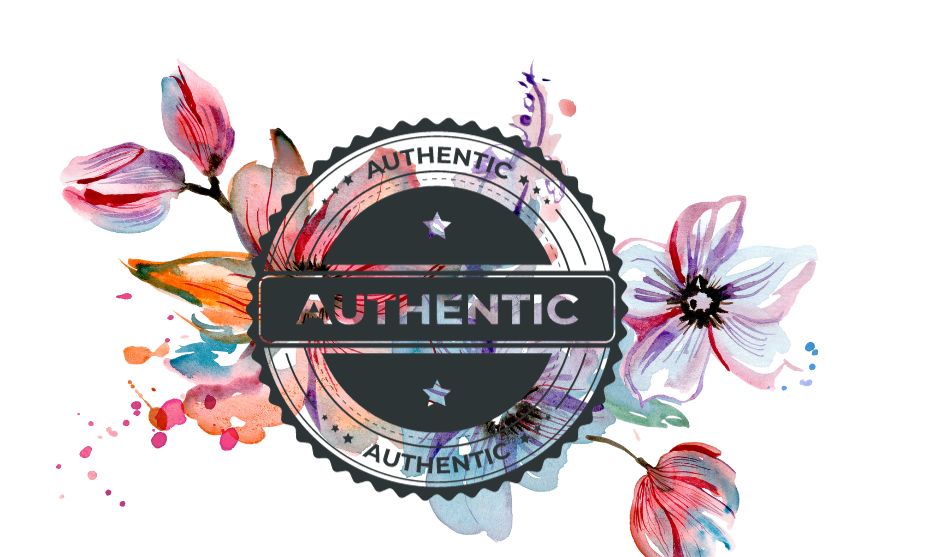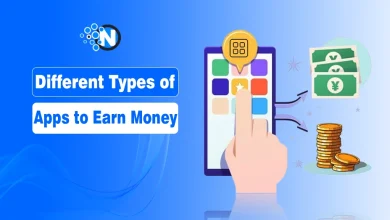The Future of Bitcoin in Enhancing Online Art Authentication

The ever-changing nature of the art market is addressed through online authentication that confirms authenticity and provenance. This process has traditionally depended on the judgment of art connoisseurs, participation by established bodies, and careful annotations. On the other hand, blockchain technology has emerged as a transformative presence due to the rising landscape of technology led by Bitcoin.
Out there, everybody wants to invest but not everyone knows how to go about it. If you also want to do so, visit thecryptogenius.io and learn from expert educational professionals. Below we will discuss the role of Bitcoin in enhancing online art authentication to make this investment easier for beginners.
Traditional Art Authentication Challenges
Many real-life art worlds rely on a rather complicated and time-consuming process of authenticating works of art. Experts, art historians, and institutions are consulted to give opinions yet such perceptions can be biased and erroneous. And this process is hampered even more by the lack of transparency in the art market, which makes it vulnerable to fake works and fraud. In addition, the authentication and provenance research costs can be very high, driving away potential buyers hence stunting progress in the art market.
The Promise of Blockchain Technology
Most people associate the blockchain technology to cryptocurrencies like Bitcoin; however, this technology has a lot of potential in addressing many of these challenges. Essentially, a blockchain is a distributed ledger that records transactions in an open and permanent format. These qualities make it a perfect fit for augmenting online art authentication.
Blockchain transparency guarantees that every transaction and ownership change is registered in a public log. It also means that the whole history of the artwork, from its creation to its present owner is documented. It would be easy to spot attempts at meddling or falsification because of the need for approval from a majority of members in the network. Indeed, the blockchain technology provides custody of artworks which cannot be broken as an effect enhancing their provenance tracking.
Furthermore, blockchain lowers the threat of counterfeit art and fakes. Provided that all information relevant to an artwork is stored within the blockchain, along with details of its origin, past ownerships and provenance, potential buyers can validate any piece before they buy. It minimizes the chances to become a victim of art scams.

Bitcoin as a Catalyst of Change
As a first movers cryptocurrency, Bitcoin is at the forefront of blockchain technology adoption in an art world. It is one of the best features that make it appealing for art transactions. In contrast to the norms of traditional financial systems, Bitcoin transactions are private and such a level of anonymity is convenient for art collectors who wish their business remained private. Besides, Bitcoin transactions are done worldwide without barriers and bypassing the requirement of intricate currency conversion and minimizing transaction costs.
One of the greatest benefits of using Bitcoin in art transactions is the trust it creates. While buying or selling an artwork with Bitcoin, the transaction is stored on the blockchain creating a secure and unchangeable ledger of the trade. This transparent and safe procedure creates trust between the buyer and seller which eliminates middlemen and costs involved.
Real-Life Examples and Case Studies
To understand the practical applications of blockchain and Bitcoin in art authentication, let’s delve into some real-world examples:
● Art Projects Leveraging Blockchain: Many art projects have adopted blockchain technology. These include the CryptoPunks project that tokenizes unique digital art characters as NFTs (Non-Fungible Tokens) on Ethereum blockchain. These NFTs has become popular and valuable in the art market.
● Success Stories: The art industry has seen successful sales of art involving cryptocurrencies. For example, an artwork by artist Beeple was sold for the highest $69 million as a non-fungibility token. Thus, these deals show the effectiveness of blockchain and Bitcoin in the art sphere.
● Challenges and Criticisms: Even though blockchain technology has tremendous potential, it is far from achieving. However, critics have pointed out that the technology is not yet perfect and may need more work to solve scalability issues as well as environmental problems.

Future Trends and Innovations
The future of Bitcoin and blockchain in enhancing online art authentication is marked by several exciting trends and innovations:
● Evolution of Blockchain Technology: Blockchain is also an ever-changing thing with better consensus algorithm and scalability solutions coming. These developments will further fortify blockchain for art authenticity.
● Integration of AI and Machine Learning: Artificial intelligence and machine learning can also be utilized to analyze pieces of art and confirm their authenticity. These technologies can help in the detection of forgeries and abnormalities.
● NFTs in Art Authentication: NFTs are increasingly finding their use as a tool for authentication when certifying digital and physical artworks. These tokens allow for a unique and immutable connection between the artwork and its pedigree.
● Potential Regulatory Changes: Governments and regulatory bodies start to appreciate the role of blockchain in the art market. Possible regulations in future may define the uses of blockchain technology for authentication and sales.
Conclusion
The prospects of Bitcoin’s development in the field of online arts authentication are encouraging. Transparency, immutability, and security that is offered by blockchain technology can work to revolutionize how artworks are verified in respect of its authenticity and provenance. Although obstacles and reproaches are present, further developments and innovations would help clear the path for a more solidified art market that is accessible in the digital era. The incorporation of Bitcoin and blockchain into the art sphere marks a new concept that stands to yield dividends for collectors, artists, and the trade at large.




